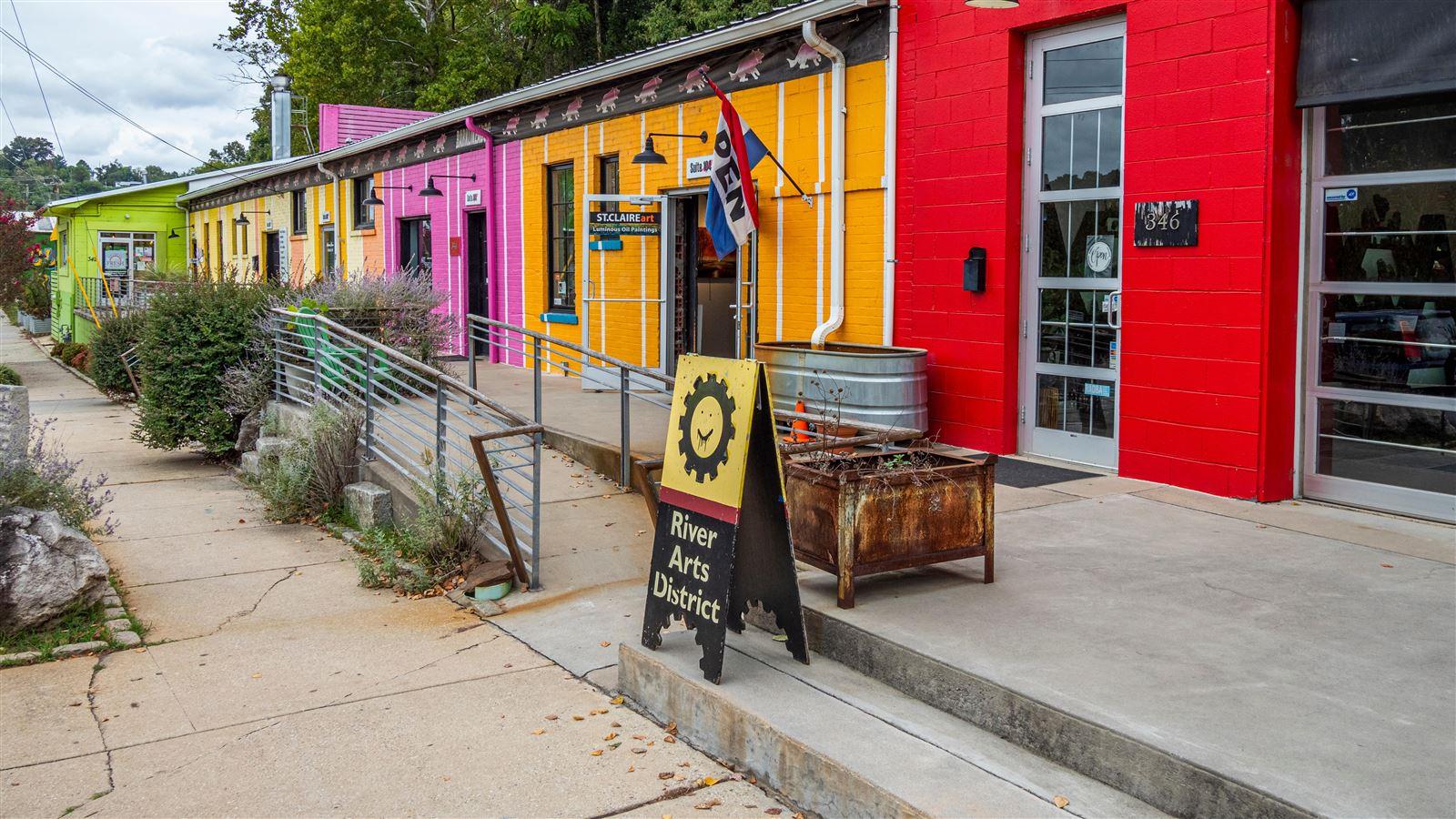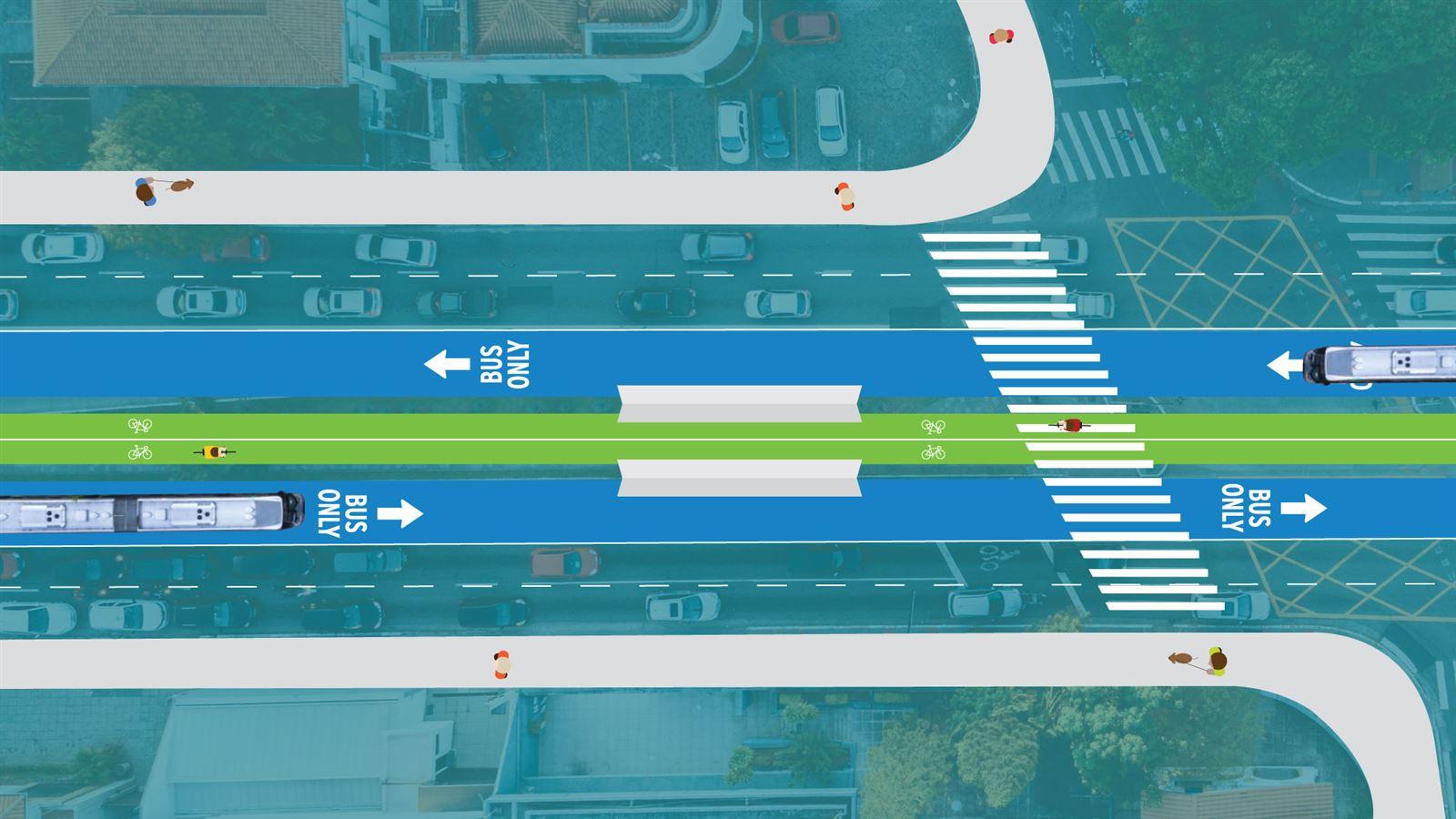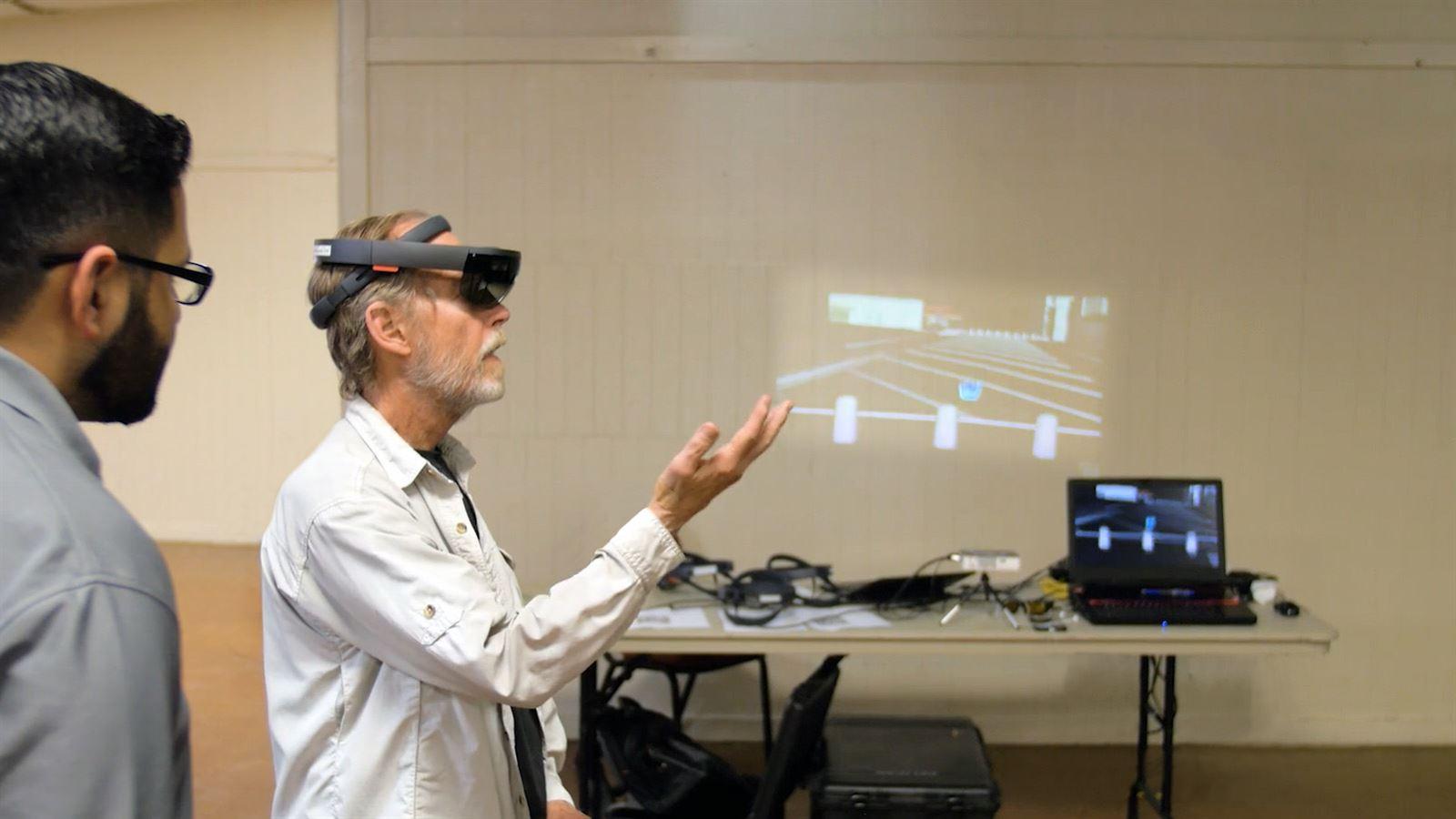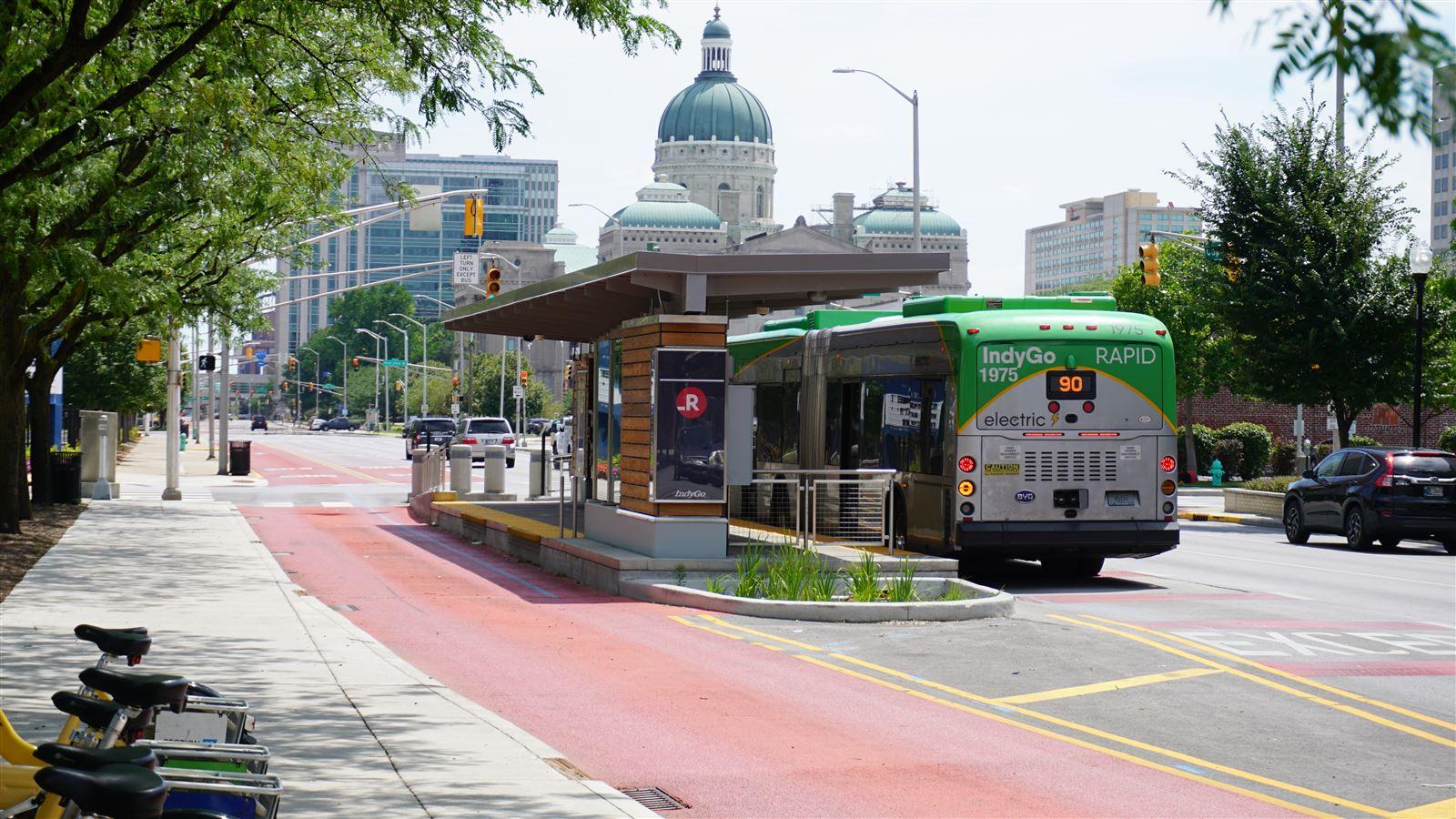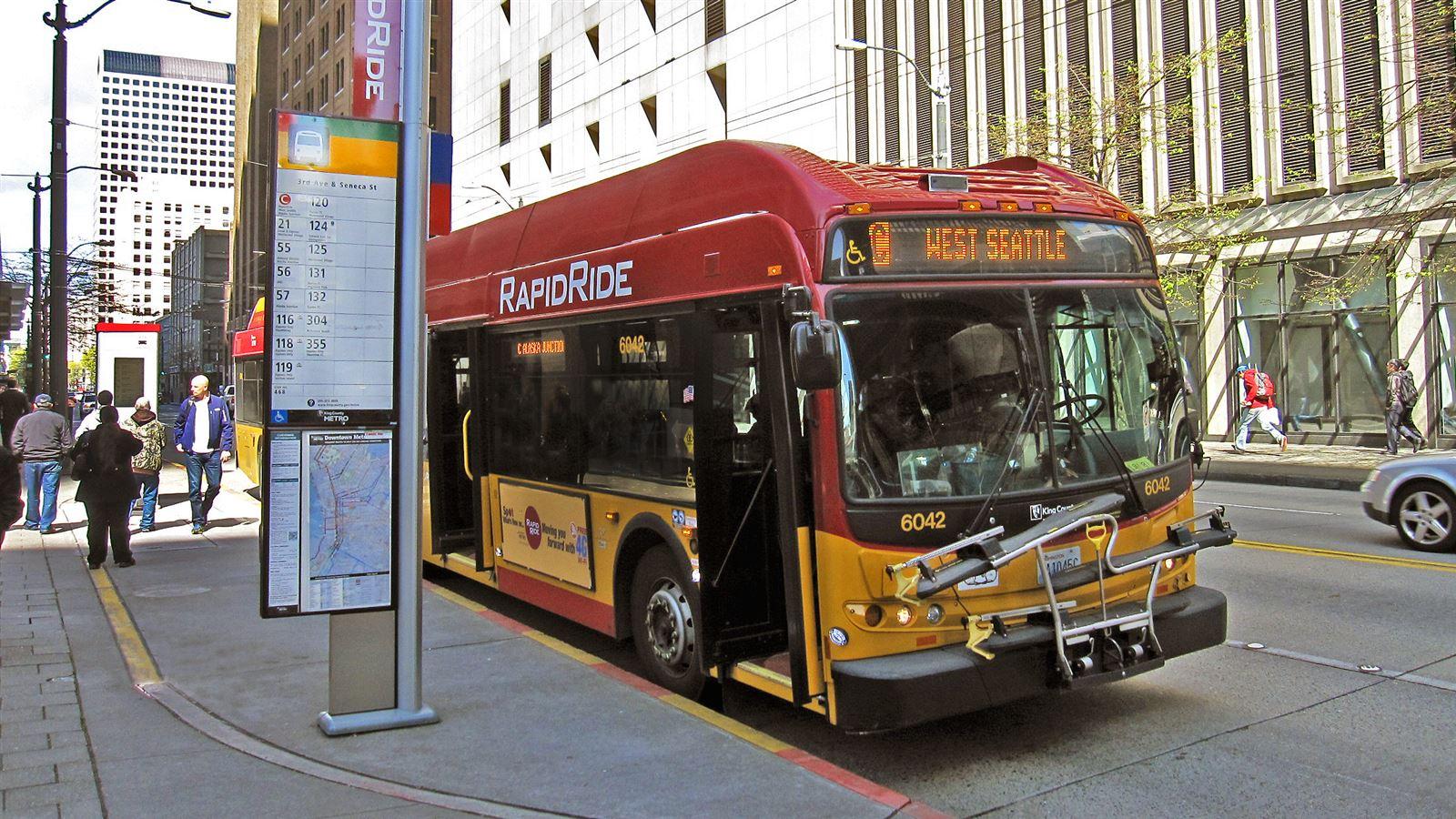Building Up Communities with Complete Corridors
Q: What’s so different about complete corridors, compared to how we traditionally plan for and execute cities’ infrastructure improvements?
A: So many of us look at a corridor and think, “Oh, yes, that’s how I get from my house to my office.” But if you take a step back you realize that there’s so much more going on beyond the traditional use of that roadway or street: water, wastewater, power and all the other places around, under and above the roadway.
Complete corridors are all about looking at a corridor in a much more complete way. The ultimate goal is to improve cities’ master planning for all different types of infrastructure, so that means better movement of people and goods, of course, but also improvements to the flow of data and water and all the other infrastructure moving through that corridor.
Q: When you look at the impact complete corridors can have, what are you most excited about?
A: Gosh, so many things! What I’m probably most excited about is how we can use the complete corridors approach to solve as many problems and challenges as possible. Whenever we approach a traditional transportation project we think, “OK how do we move more cars and goods or other types of mobility more efficiently through this corridor?” I mean, we’re trying to fix traffic, right? And sure, we may also want to fix other transportation problems—safety issues, improving walkability, accessibility for transit users, and a whole list of others.
But what gets me so excited about the complete corridors philosophy is that it goes beyond our standard transportation strategies and pushes us to integrate all different types of infrastructure strategies into our corridor planning. Suddenly it becomes so much more than moving people and goods. It’s about how can we improve drainage? How do we better integrate our construction projects? How can we integrate better water quality treatment into our roadway design projects? These are the things community leaders aren’t necessarily asking for but will need in the future, and complete corridors is helping them streamline them into their improvement plans.
Q: What advice might you give to a skeptical client who’s hesitant to adopt this new philosophy?
A: Yes, this is so important to address because while lots of clients recognize the benefits of integrating our design and building efforts into singular activities within a corridor, they also recognize that it’s a challenge because this isn’t how we traditionally design and build projects.
Let me give you a quick example to showcase the power of complete corridors. Let’s say you have a road widening project—well, that’s a singular design and construction effort. And then a few years later you have a water line replacement project accommodate new development in the area. So we go back and dig up that roadway to install the new water line. Most clients understand that we should be proactively talking about these projects together and digging once rather than just tackling our construction projects one by one, but we recognize this is a mindset shift that may take time for some clients to get used to. Rest assured, this is the future of transportation planning and is a real game-changer in terms of helping communities boost efficiencies.
This approach can be applied for any client on any scale or budget; all it takes is a desire to think differently about how your city’s departments collaborate and a willingness to work together.

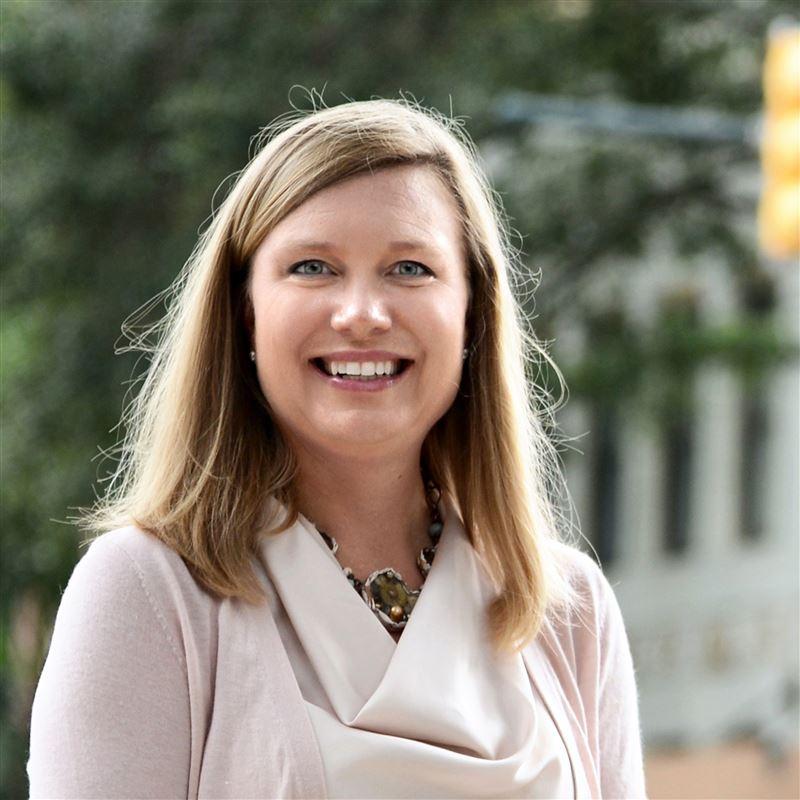
What gets me so excited about complete corridors is that it goes beyond our standard transportation strategies and pushes us to integrate all different types of infrastructure strategies into our corridor planning.
Q: That’s a great example! Any others you’d like to share that showcase the power of complete corridors?
A: In the city of New Orleans, CDM Smith was selected to repair roadways under the Hurricane Katrina recovery plan. They are on the clock to repair a lot of damaged roads, so we started with a traditional program management approach. But in the spirit of complete corridors, we are also looking at all the other infrastructure plans within the city so we can evaluate the potential to integrate some of the city’s other large-scale construction efforts while we are out there doing roadway repairs. It’s a welcome change to the standard program management strategies because we’ve been able to save the city lots of time and money along the way. On the other end of the spectrum, we’re also collaborating with a small-town, rural client in Texas to prepare a stormwater master plan. Unlike New Orleans, this client doesn’t have the size or the funds to build out separate plans for their transportation system, their stormwater system and their green infrastructure improvements, so they were eager to utilize our complete corridors approach to integrate all their infrastructure assessments into one plan.
This really goes to show that the complete corridors approach can be applied for any client on any scale or budget; all it takes is a desire to think differently about how your city’s departments collaborate and a willingness to work together.

